I chanced upon the ruins of the RSEA Marble Factory (榮民大理石工廠) while riding around the industrial park on the north side of Hualien City sometime in early 2017. It wasn’t immediately obvious what this derelict factory produced so I decided to stop and take a closer look. Although much of this sprawling site had already been cleared, a few half-demolished buildings remained. In one of these I found a pallet full of product samples and several references to marble, answering the first of many questions on my mind. But there’s always more to examine if you’re curious, so let’s dig into the archives and see what can be learned about this abandoned industrial site in Hualien, Taiwan.
In the late 1940s nearly two million Chinese Nationalist (KMT) soldiers and their dependents fled the Chinese Civil War and settled in Taiwan. Many of these people ended up in military dependents’ villages (眷村), originally intended to be temporary settlements, as “retaking the mainland” (光復大陸) continued to be a near-term goal. Following the First Taiwan Strait Crisis in 1954–1955 the reality of the stalemate began to sink in, and seeing as how there were hundreds of thousands of soldiers kicking around, the government began putting them to work on various infrastructure projects1.
The Retired Servicemen’s Engineering Agency (RSEA) was formed from several Vocational Assistance Commission for Retired Servicemen (VACRS) working groups originally tasked with constructing the Central Cross-Island Highway in 19562. Much of this highway—which remains a truly magnificent work of human engineering—runs along the Taroko Gorge (太魯閣峽谷), sometimes referred to as the “Grand Canyon of Taiwan”. Extensive marble deposits were identified while the highway was under construction, and by the late 1950s facilities were constructed in Hualien City to begin commercial exploitation of this abundant natural resource.
After the completion of the Central Cross-Island Highway in 1960 many veterans were shuffled into new industries in the Hualien area. Large-scale marble exploitation began in 1961 with the founding of the Hualien Marble Quarry, a story documented in Polished and Profitable, an article from the May 1964 edition of Taiwan Today3. Marble was initially used as a precursor for cement and fertilizer production, but increasing domestic demand for construction-grade marble4 and handicrafts prompted the RSEA to expand operations on a large plot of land across from the airbase around 1965. The remnants of this marble processing complex can be seen in these photos.
Not much is written about this marble factory after democratization in the 1990s. It was eventually transferred to the Huadong Construction Company (花東施工處), itself part of the RSEA, and finally closed in 2016. Taiwan’s accession to the WTO in 2002 was the death knell for many industries based on natural resource extraction but the Hualien marble industry continues to do a brisk trade5. Perhaps the workforce had aged and retired, and the plant was no longer needed.
While the RSEA Marble Factory has already disappeared into history, Hualien County has undertaken several initiatives to preserve its legacy. Hualien Country Stone Sculptural Museum (花蓮縣石雕博物館), founded in 2001, is located further south of the industrial park in a newly redeveloped part of town next to the Port of Hualien, and features numerous works of marble art in the surrounding park. Even more marble industry heritage can be seen in the Hualien County Retired Servicemen’s Marble Cultural Park (花蓮縣榮民大理石文化園區) in Shoufeng, including 昇華 (三), a piece formerly installed at the RSEA Marble Factory gatehouse from 1967 to 2016.
- For a deeper dive into the social dynamics of KMT veterans check out China’s Homeless Generation: Voices from the Veterans of the Chinese Civil War, 1940s–1990s by Joshua Fan. ↩
- The Chinese name of the RSEA is 榮民工程股份有限公司, hence the formal name of this factory: 榮民工程股份有限公司大理石工廠. ↩
- For more information about RSEA you can also consult They Keep Moving On, published in April 1976. ↩
- Marble became a popular building material in the booming years of the Taiwan Miracle. Many temples, government buildings, and national monuments built in the late 1960s to the early 1980s feature marble from this factory, including the Zhongshan Building (中山樓)! ↩
- Scan the surrounding area on Google Maps and you’ll see dozens of storage yards filled with marble blocks ready for sale or processing. ↩
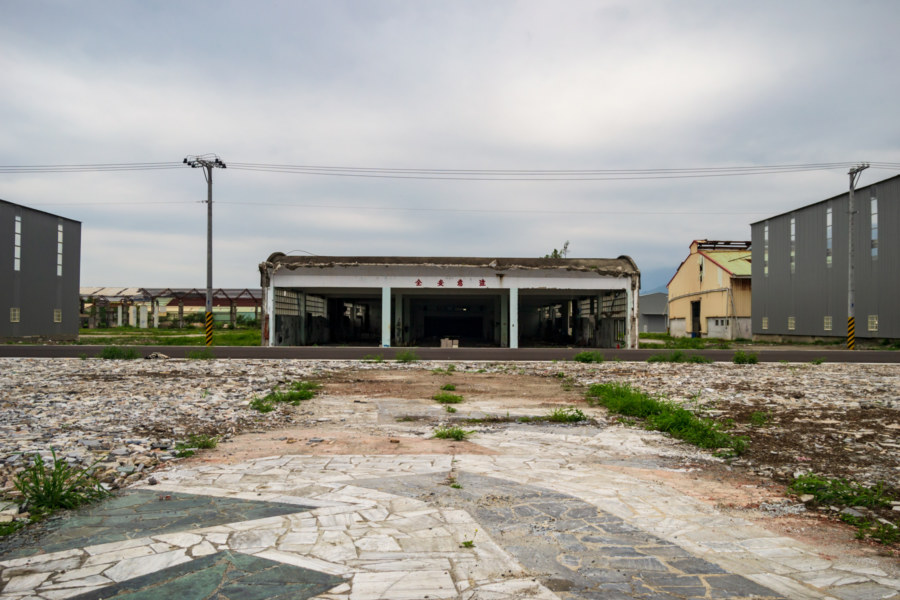
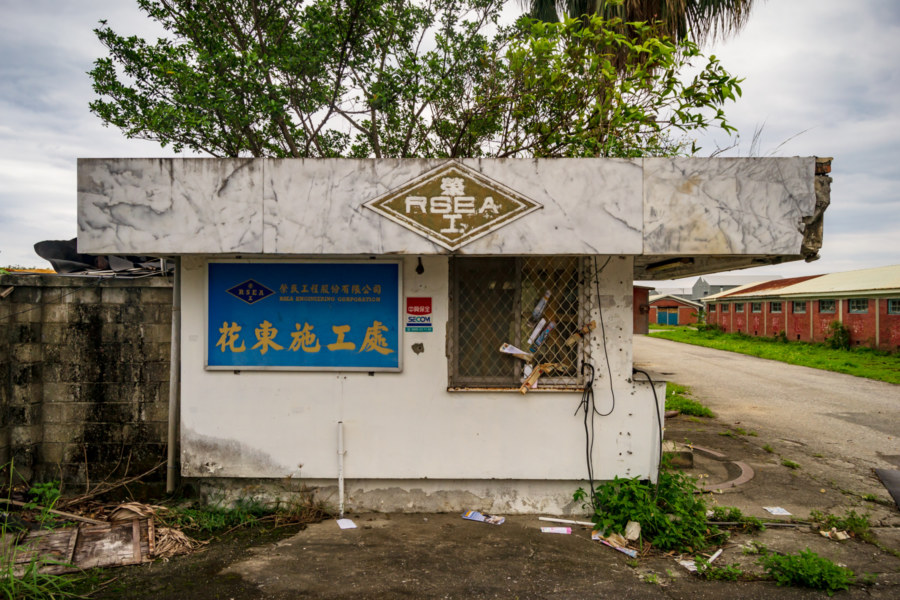
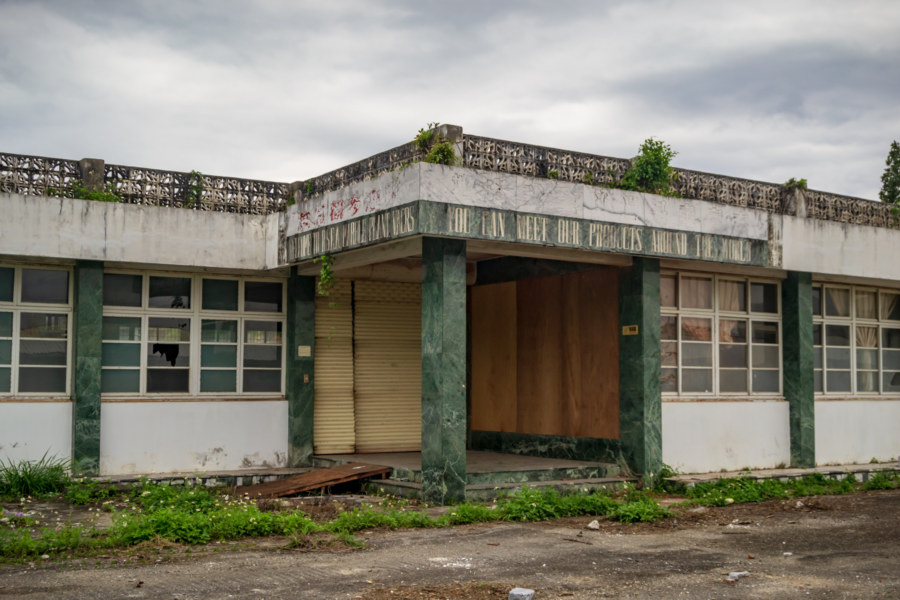
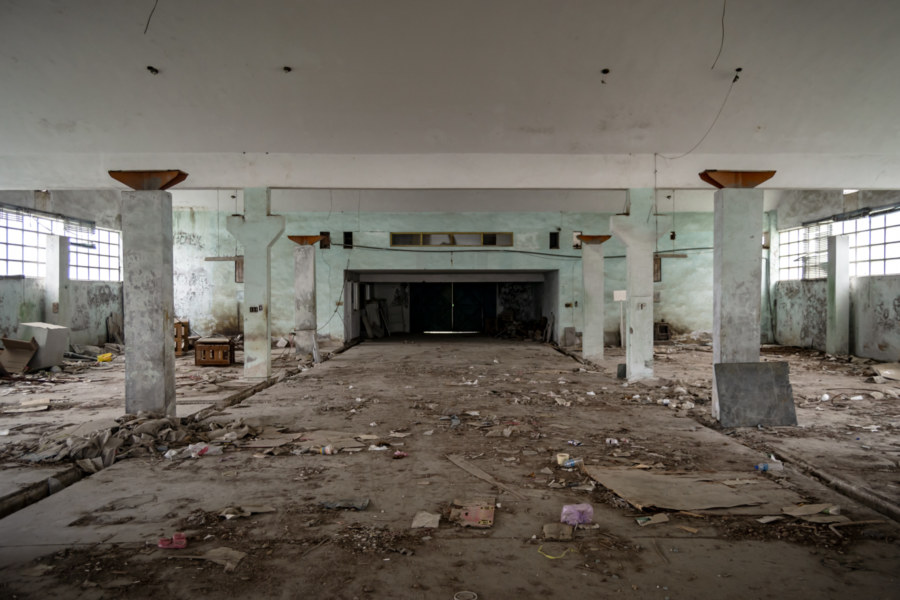
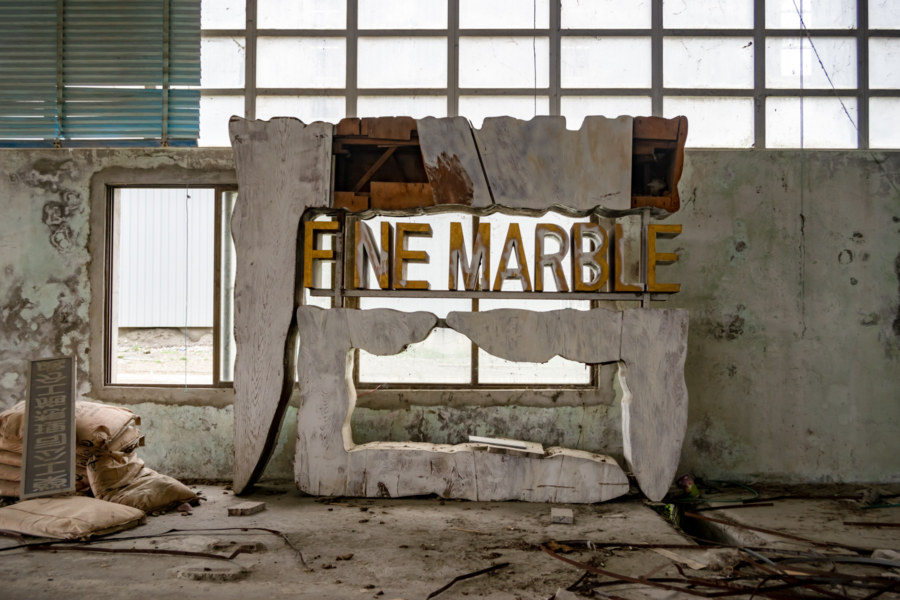
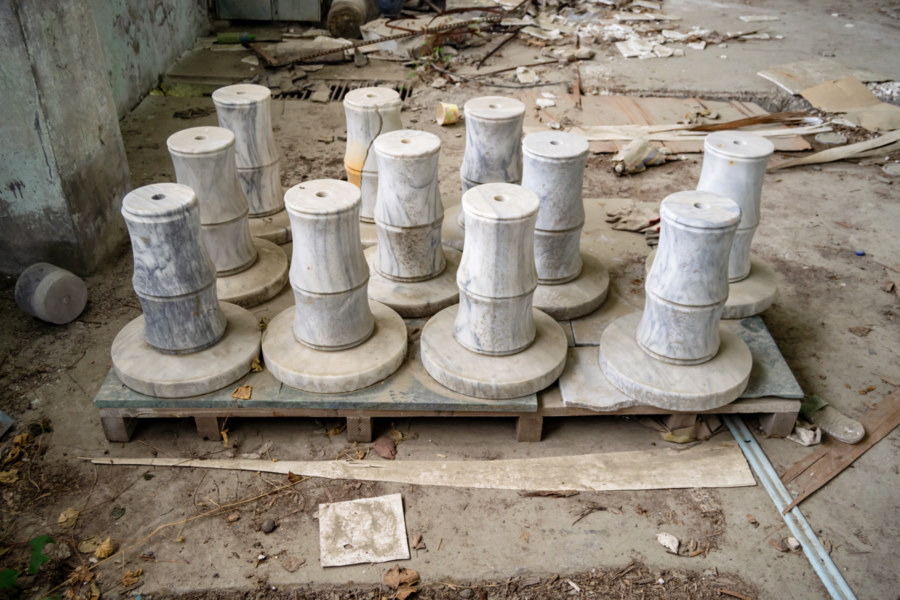
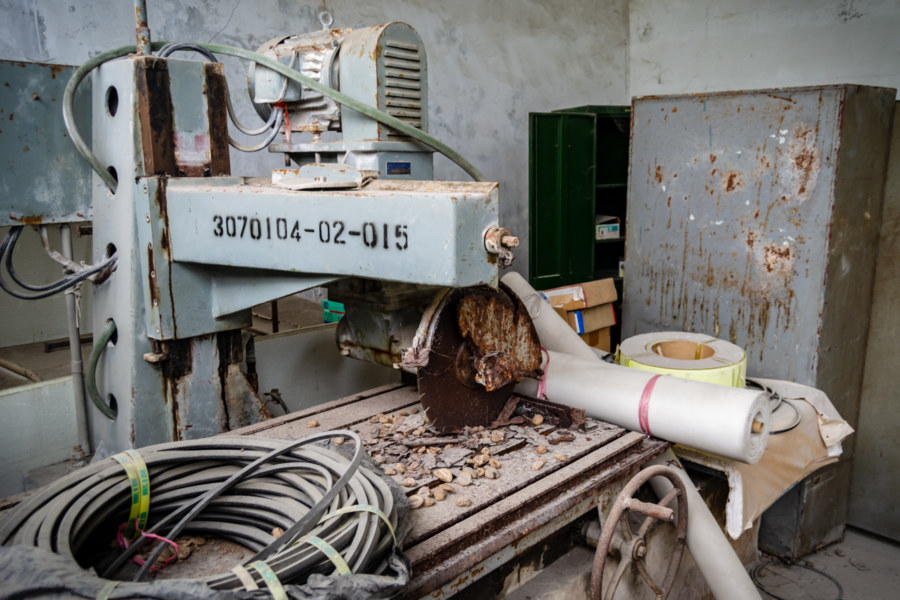

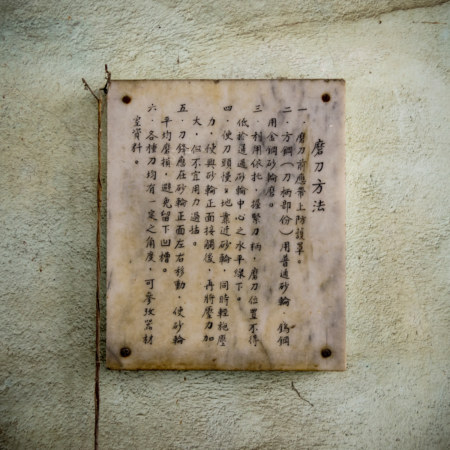
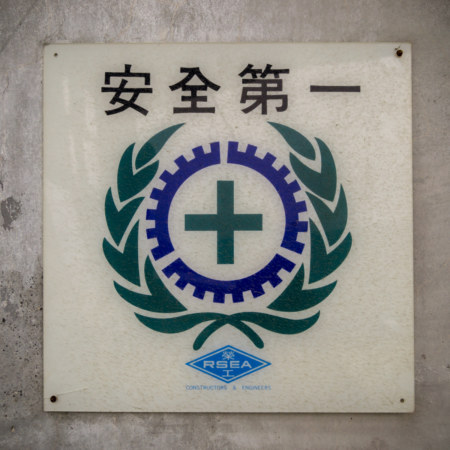
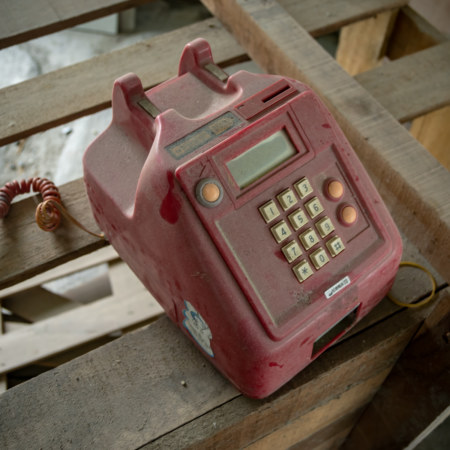
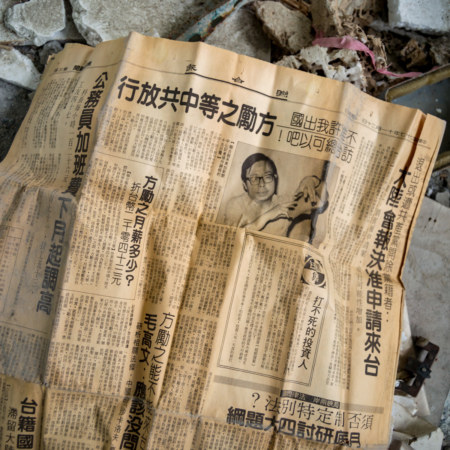
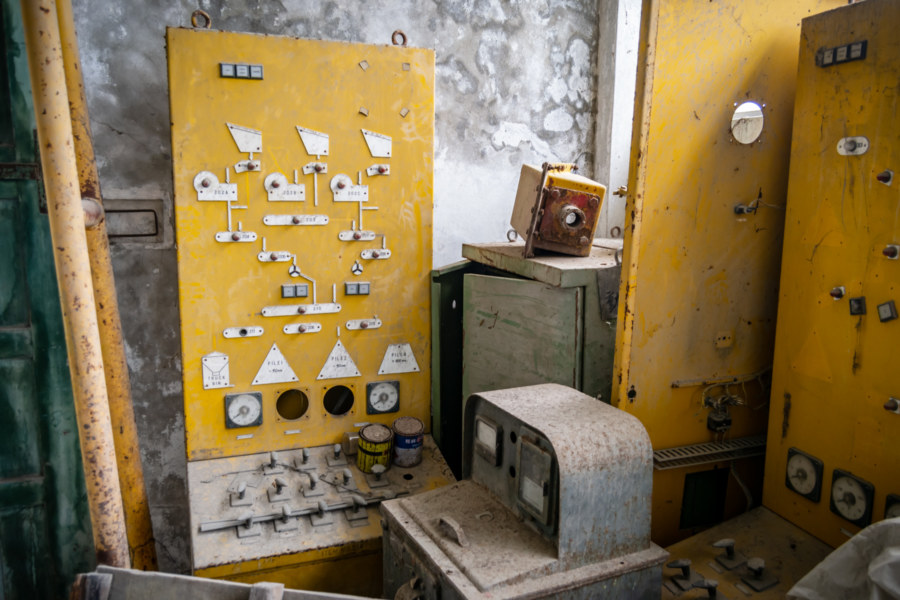
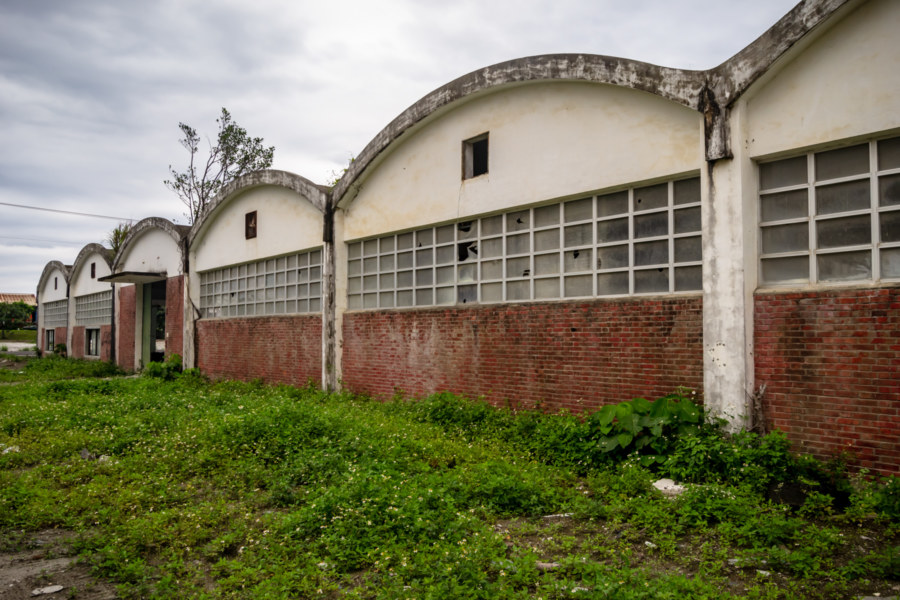
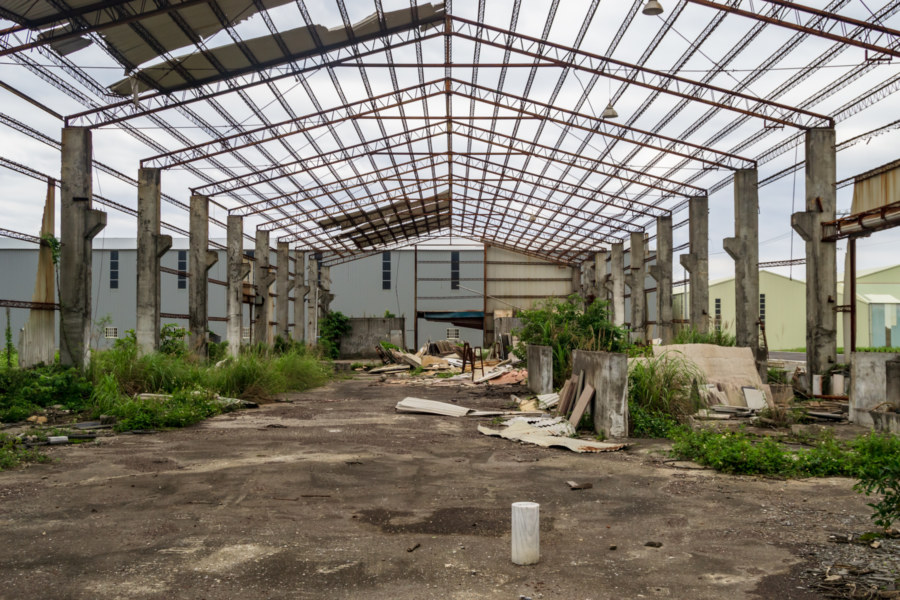
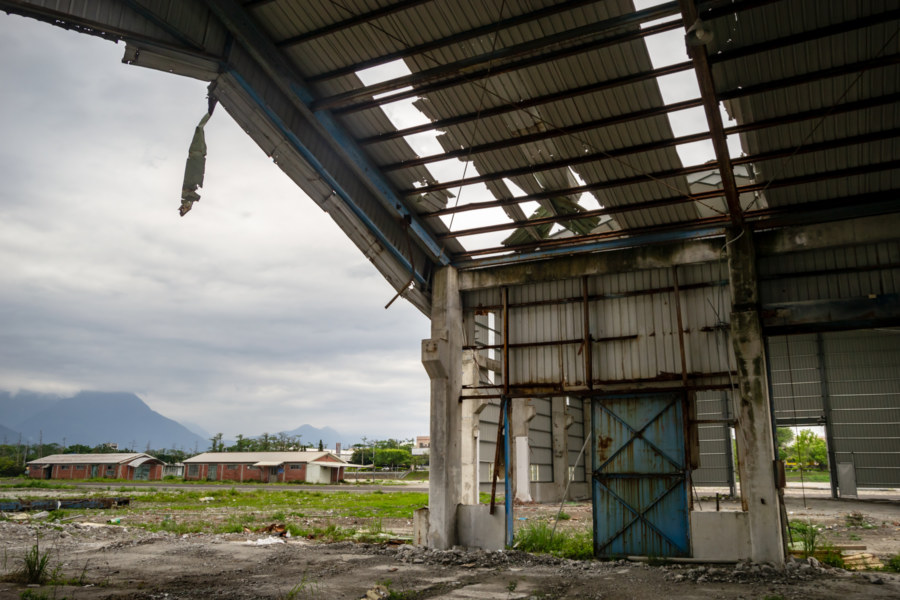
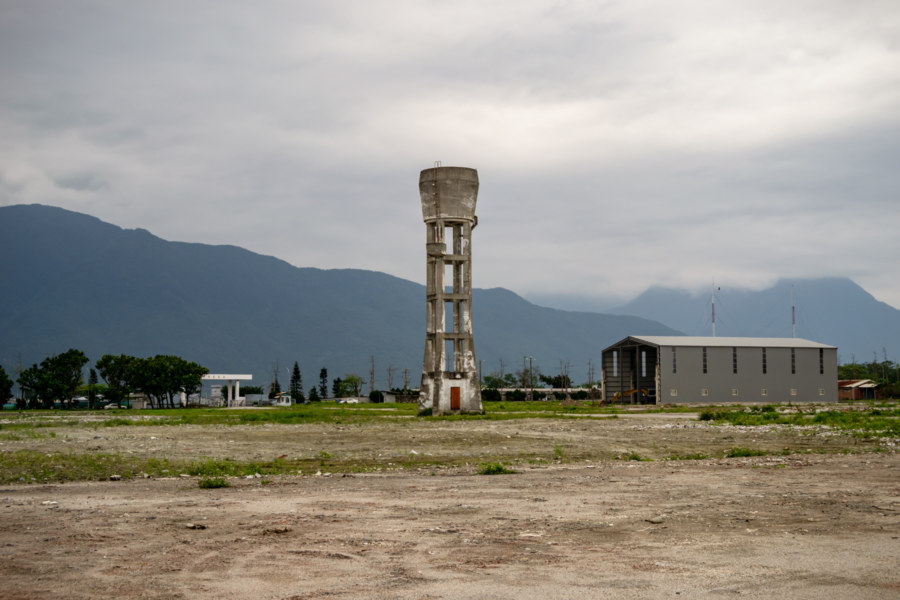
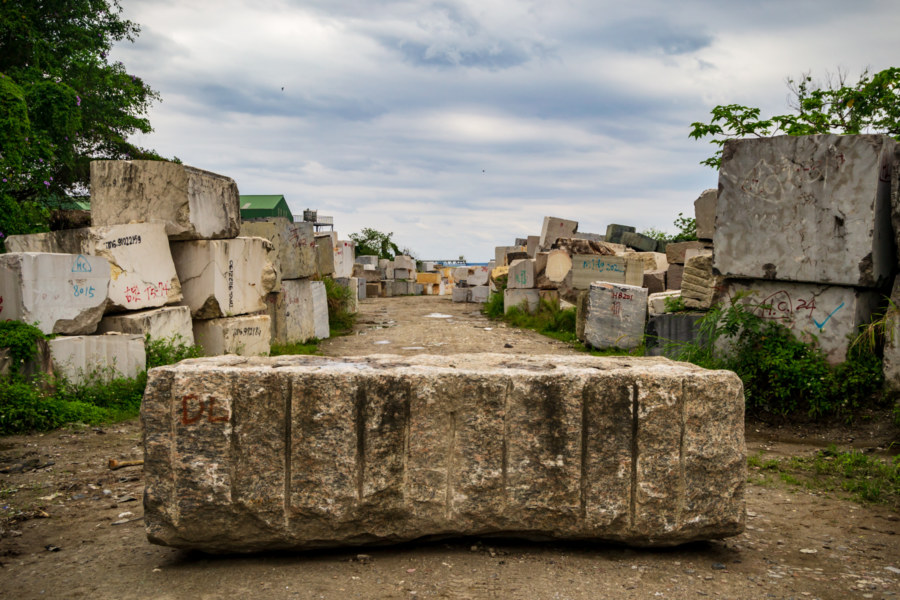
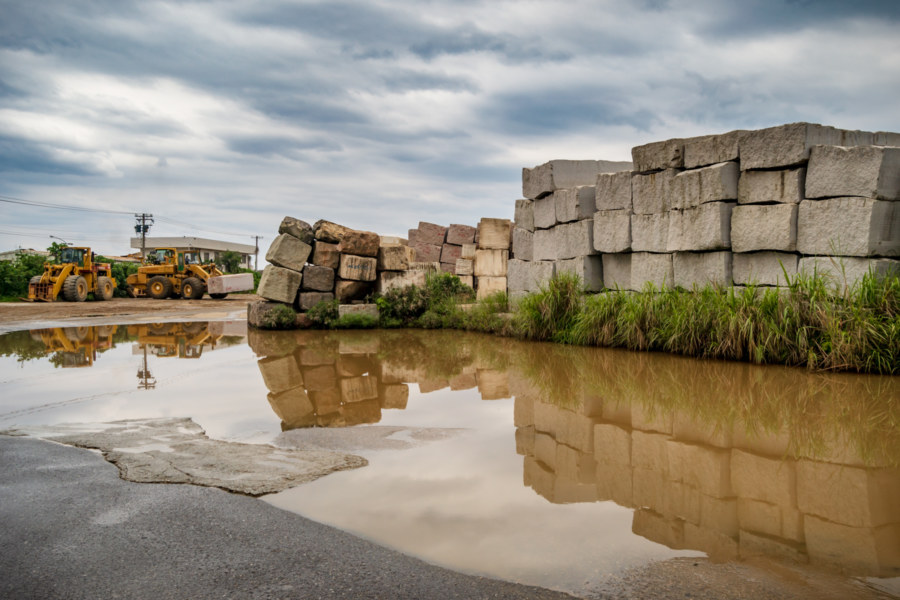
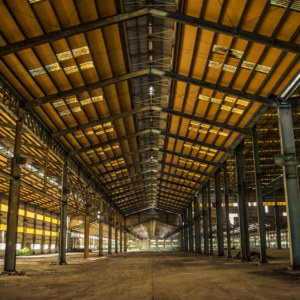
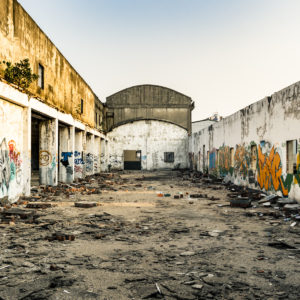
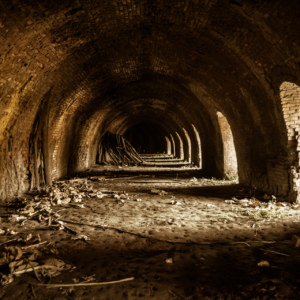
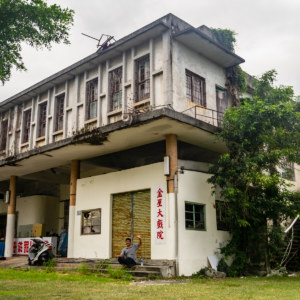
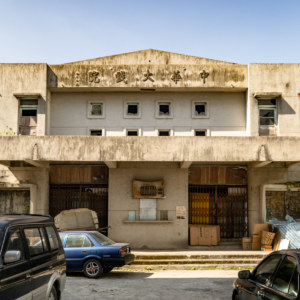
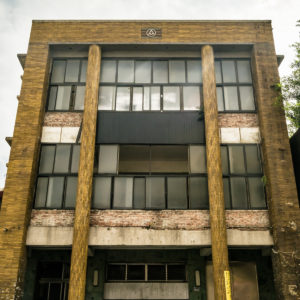
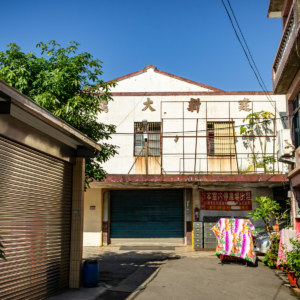
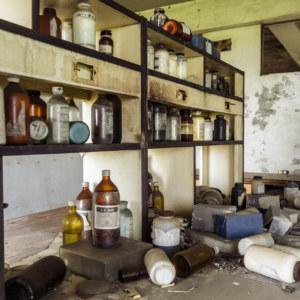
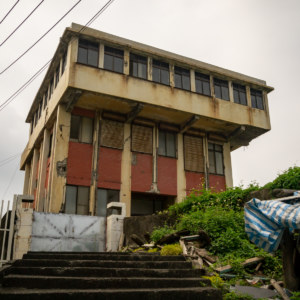
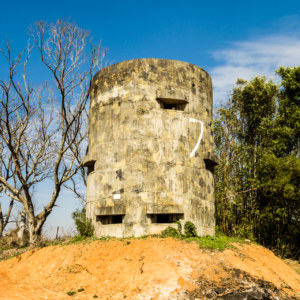
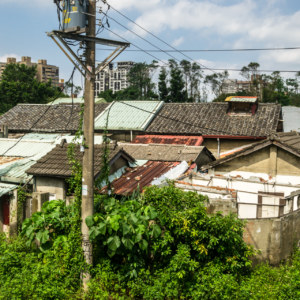
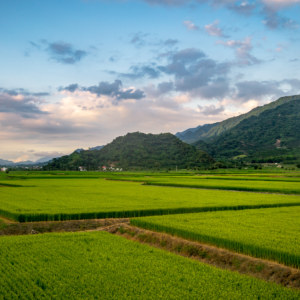
Write a Comment